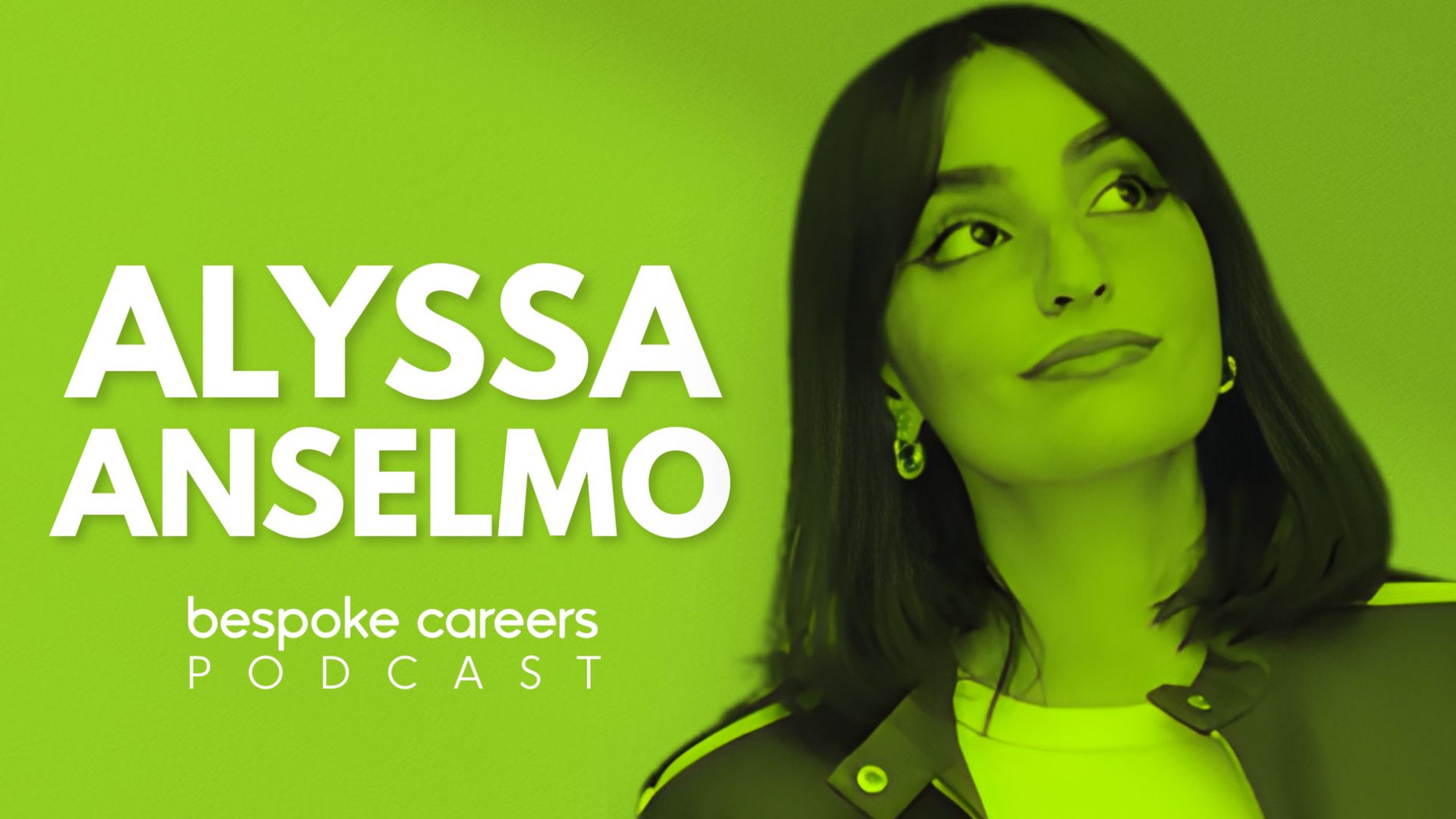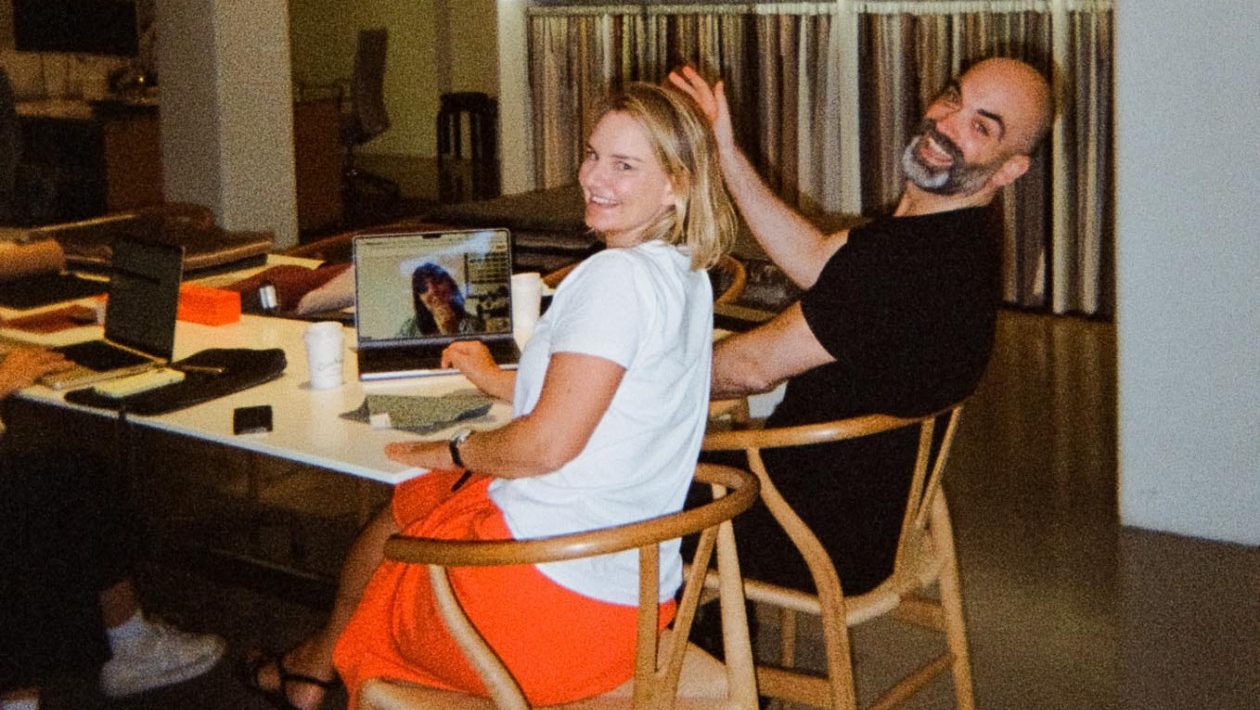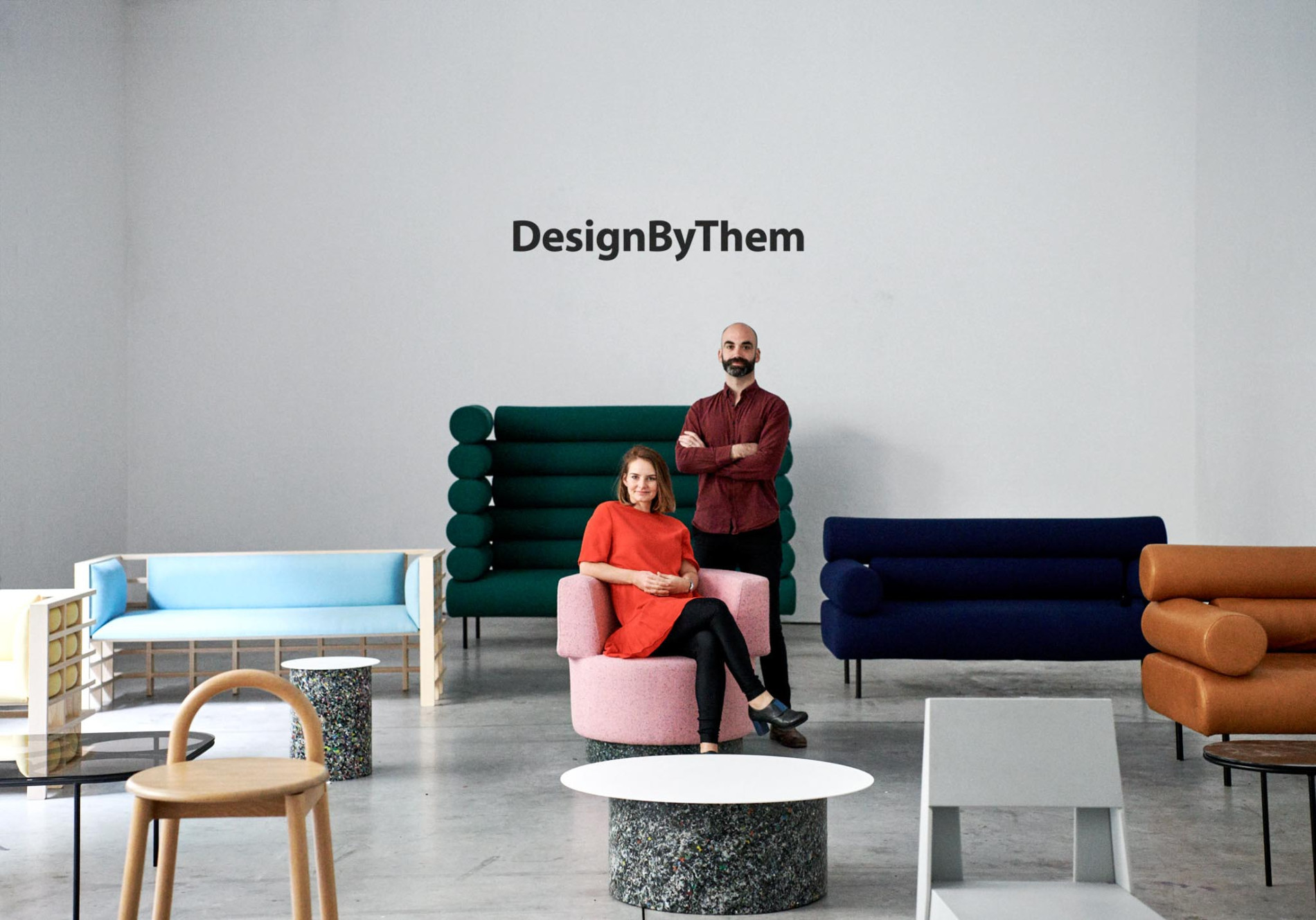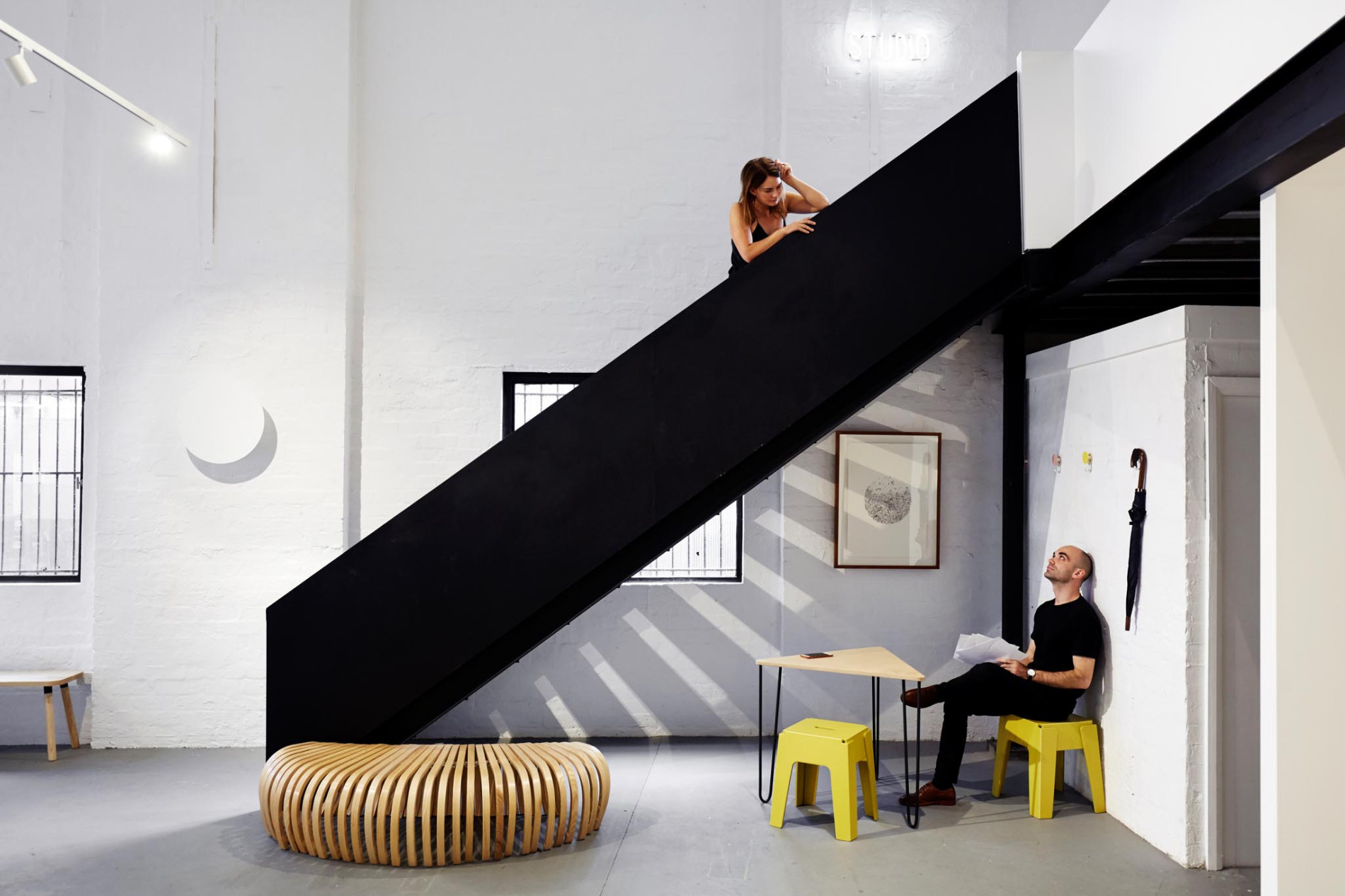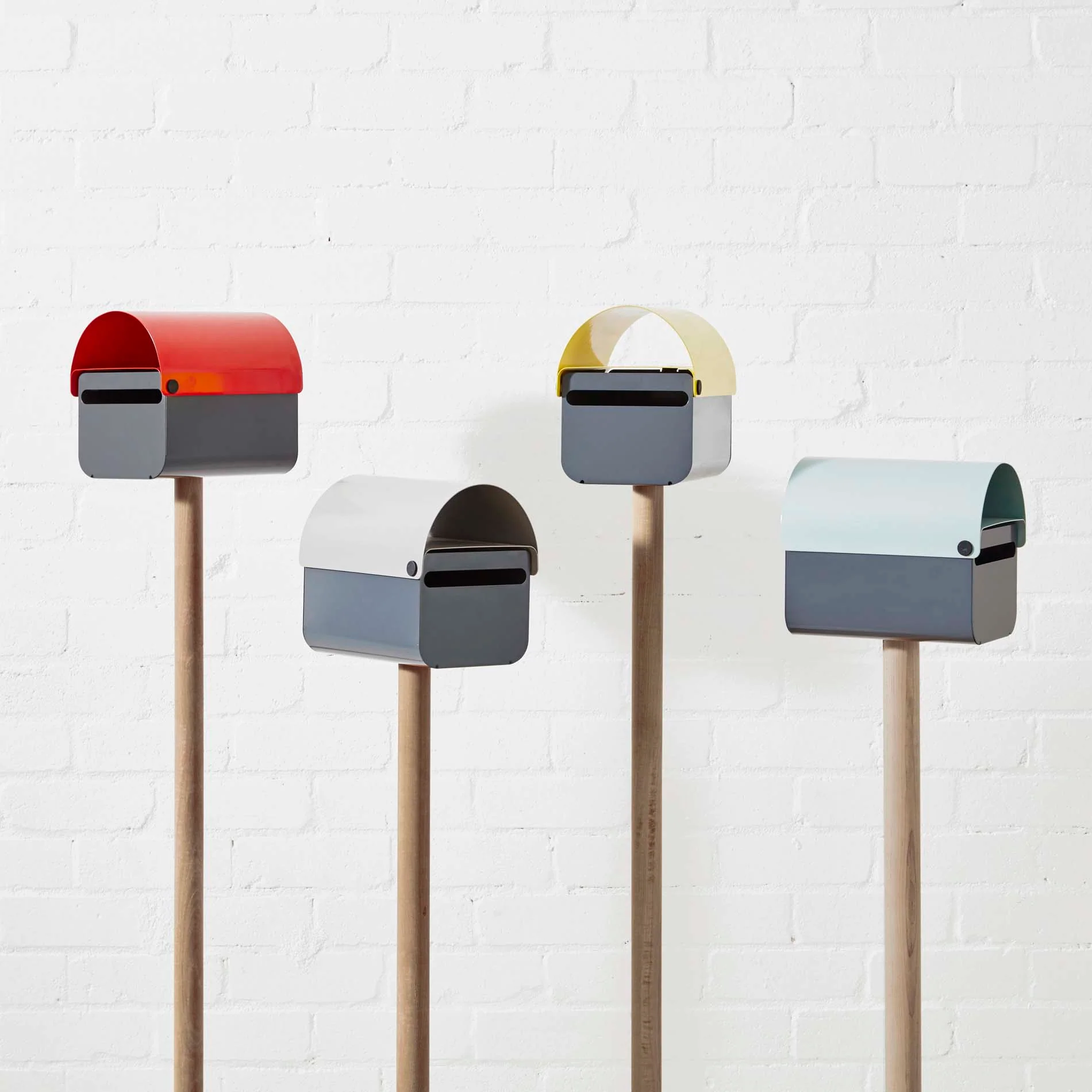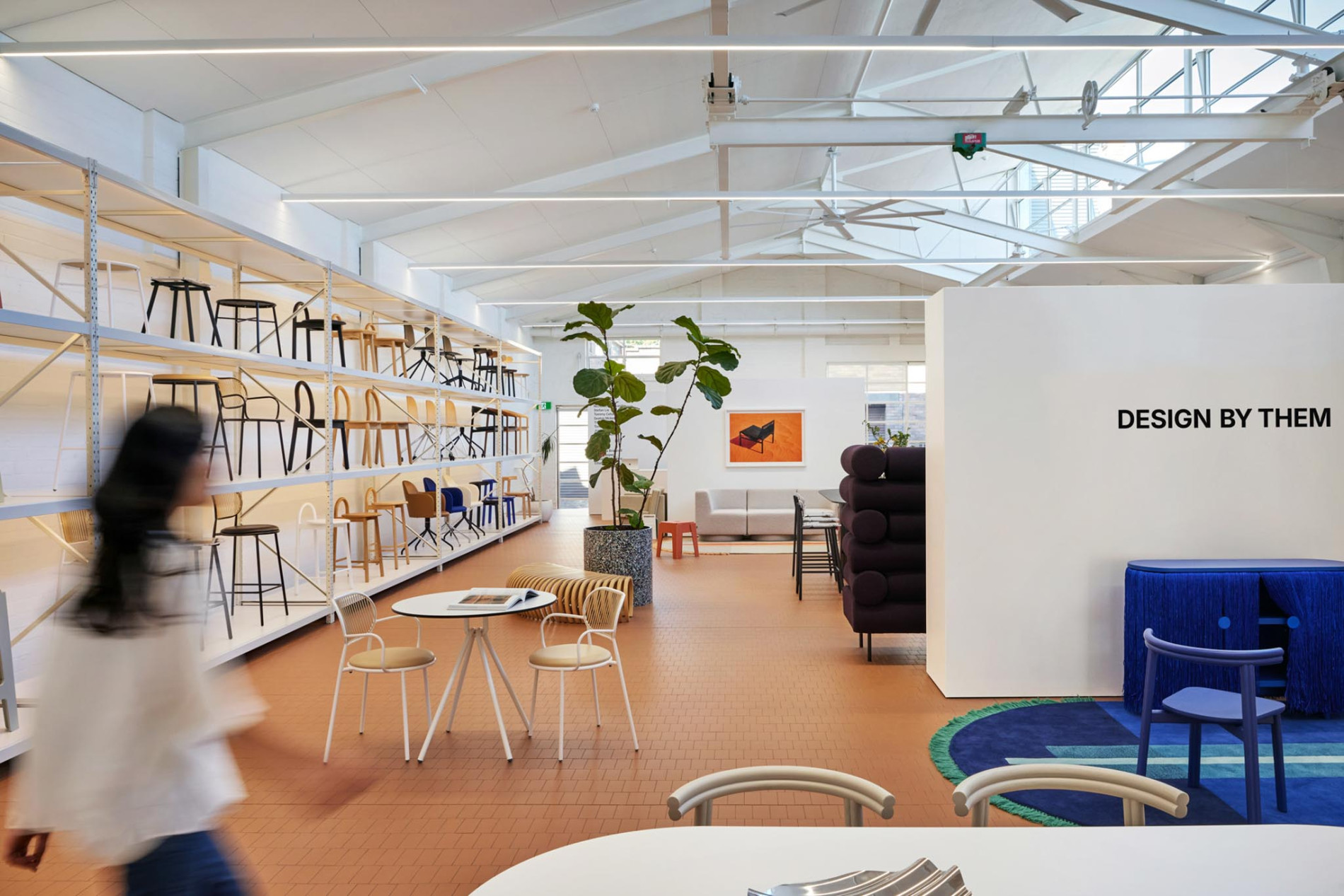
The Secret to Building a Successful Design Business – Design By Them
Sarah Gibson & Nicholas Karlovasitis leave uni, cram a fledgling furniture brand into a Newtown flat, and decide they are going to export Australian design to the world.
That is the starting point for DesignByThem. In this episode we unpack how fifteen years later, they’re actually pulling it off. We talk about building a design brand from a tiny local market, backing Australian designers with real royalties, and choosing factories around the world without losing the integrity of the work.
The conversation gets into IP, copies, pricing, cashflow, and why treating business as a design problem changed everything for them. If you care about turning design from a side project into a viable brand, this one is worth your time.

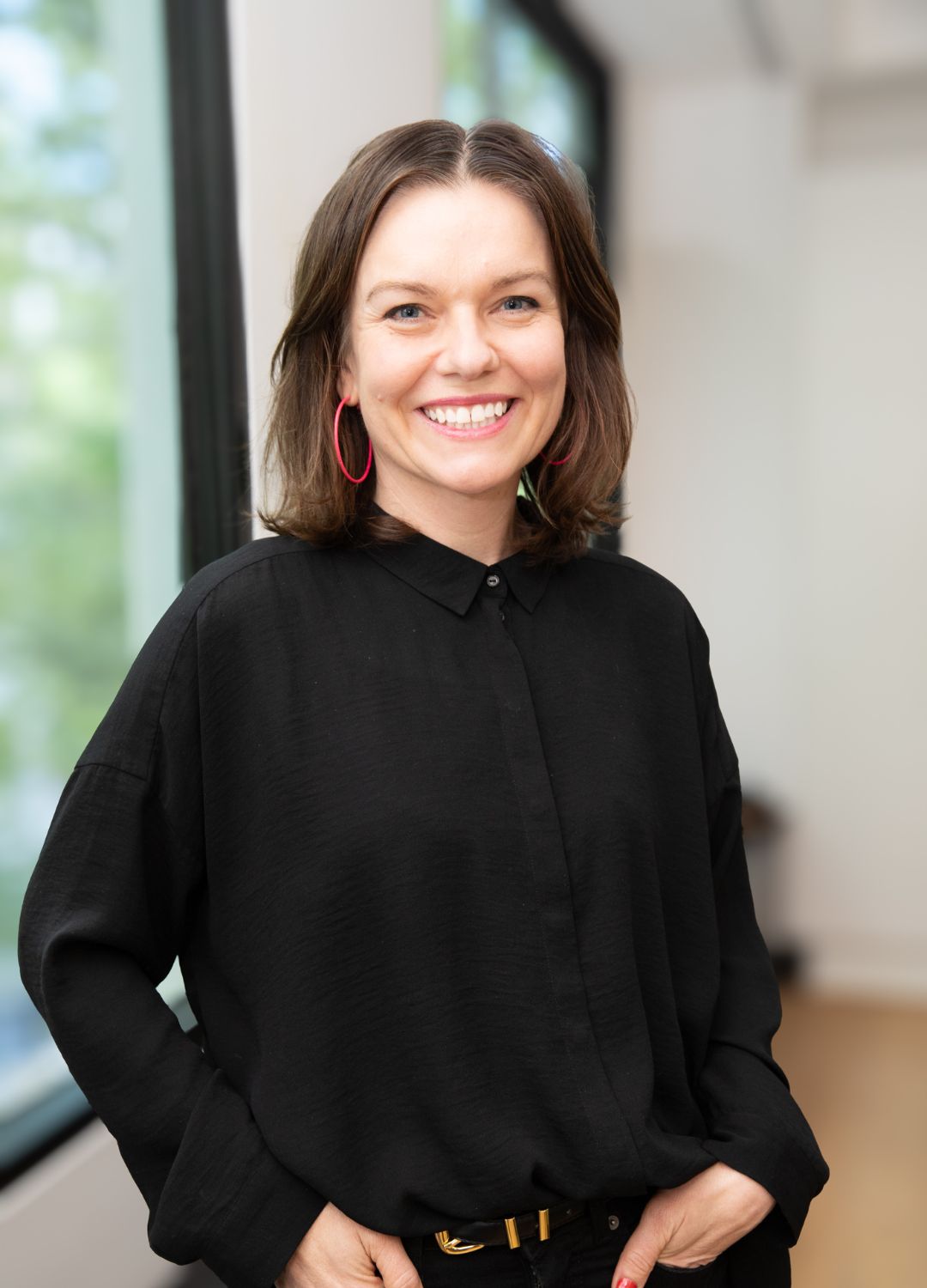
Looking to hire top talent
 or advance your career? Let's talk.
or advance your career? Let's talk.
We connect exceptional firms with talented professionals.
Let’s discuss how we can help you achieve your goals. Get in touch with the team today.
Related Posts

New Designers 2025
Showcasing the UK’s emerging design talent across disciplines in a two-week London exhibition.
Balancing work and family life during summer holidays and beyond is challenging for parents and carers, but creating a supportive workplace can make a significant difference, writes Bespoke Careers’ London based MD, Jimmy Bent.
A conversation with the co founder of New London Architecture and the London Festival of Architecture on careers that bridge media, practice and city making.
